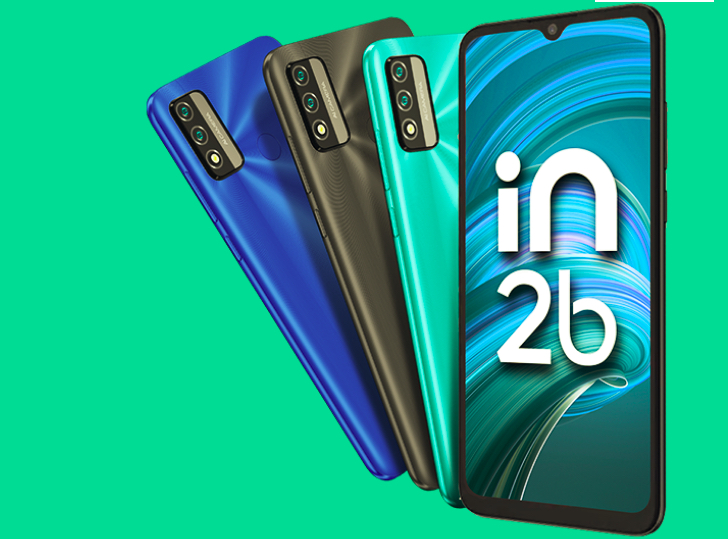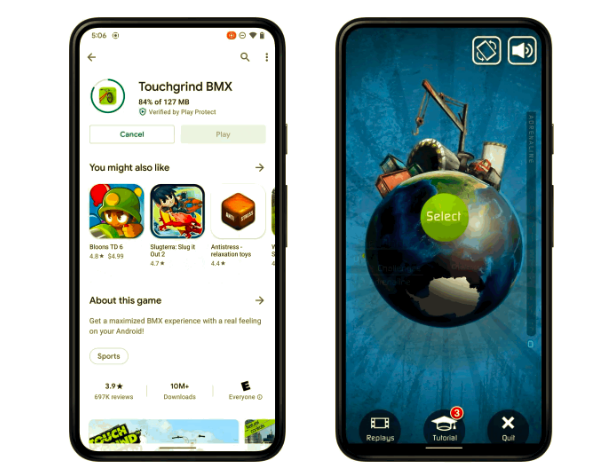No, fear not, this isn’t a lopsided pitting of the Nexus 5 camera against one of Nokia’s camera-specialist smartphones, but is instead a very valid comparison against the strikingly similar Windows Phone-powered Lumia 920. It’s fair to say that honours are even overall, with the video section in particular showing both the strengths and relative weakness of LG’s OIS implementation in the Nexus 5.From my article hosted over at All About Windows Phone, these are the similarities that prompted the comparison in the first place:
- Both have Qi wireless charging, still something of a rarity in the smartphone world, but incredibly welcome.
- Both are almost identical in size.
- Both are distinctly mid-range in terms of price, making them both equally fantastic value. The Lumia 920 is currently £200 or so, the Nexus 5 £299, but both massively less than the typical £500 launch price of top smartphones.
- Both have OIS-equipped 8 megapixel cameras, despite not being pitched as specialist camera phones.
- Both come with 32GB sealed storage and no expansion, plus sealed batteries of similar capacity.
- Both use souped up LCD screens rather than AMOLED.
- Neither are considered flagships for their respective manufacturers.
- Both have been, or will be, updated again and again in terms of firmware updates – this is hardware that won’t get obsolete.
Hopefully the similarities are fairly compelling to you too, even though the ecosystems and operating systems are very different. What caught my eye though was the camera side of things, both having 8MP, 1/3.2″ sensored, OIS-equipped units – surely a shootout is appropriate?
In particular I’d like to see how well LG (which makes the Nexus 5 for Google) has implemented Optical Image Stabilisation. It’s well known that Nokia implements OIS with a full 3-axis configuration (roll, yaw, pitch) and by moving the entire optical stack rather than (as HTC implemented OIS on the One) a limited 2-axis config (yaw and pitch only) with just one lens being tilted.
Here’s one of the still image crop comparisons performed. Always a favourite spot to test phone cameras because of the watery ambience and the helpful depth charts, giving crisp detail to crop into in the medium distance. Here’s the overall scene, as viewed by the Lumia 920:


Test scene in overcast conditions
And here’s a salient central crop from the photos from the Lumia 920 (on top) and from the Nexus 5 (on the bottom).


Cropped comparison, Lumia 920 on the top, Nexus 5 on the bottom
A win for the Nexus 5 camera here. Considering Nokia’s expertise in optics and image processing, to see LG pull off an image with significantly less digital noise, better detail and better coloration is surprising. It’s true that you have to crop in to 1:1 to see the differences, but a win is a win….
Seven scenes were analysed in all, with the Nexus 5 coming out as the winner overall by a small margin. However, the tables were reversed when it came time to test video capture:
As you can see, the OIS in the Nexus 5 copes well up to a point, but angular deviations (i.e. shake) beyond certain thresholds causes somewhat ugly jarring of the video frame, while the Nokia OIS in the Lumia copes much better with a wider range of movement.
Honours even overall, which you can take as either a compliment to the year old Lumia 920 that it keeps up with the very latest Android flagship, or a compliment to the Nexus 5 that it keeps up with one of Nokia’s legendary camera phones.
You can read the extended piece over at All About Windows Phone, which includes the original JPG images for all seven test scenes as well, in case you want to examine them more closely.


















